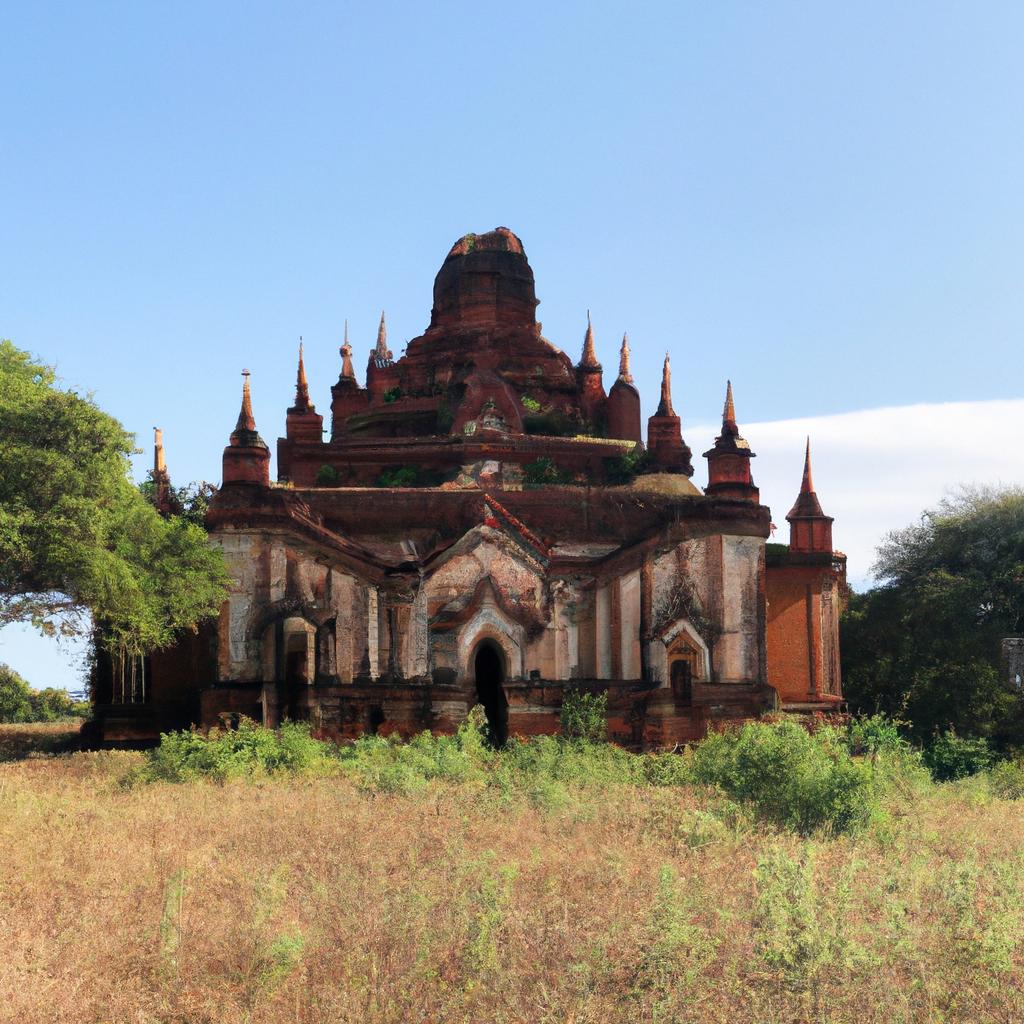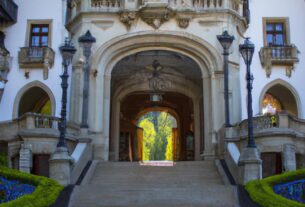Bagan, Myanmar, is an enchanting city brimming with rich history and vibrant culture. Nestled in the Mandalay region of central Myanmar, Bagan is renowned for its awe-inspiring ancient temples, pagodas, and stupas. As a UNESCO World Heritage site and a popular tourist destination, Bagan offers an unforgettable experience for travelers seeking to immerse themselves in the wonders of this ancient city. Let this comprehensive guide be your key to unlocking the secrets of Bagan.
A Glimpse into Bagan’s Glorious Past
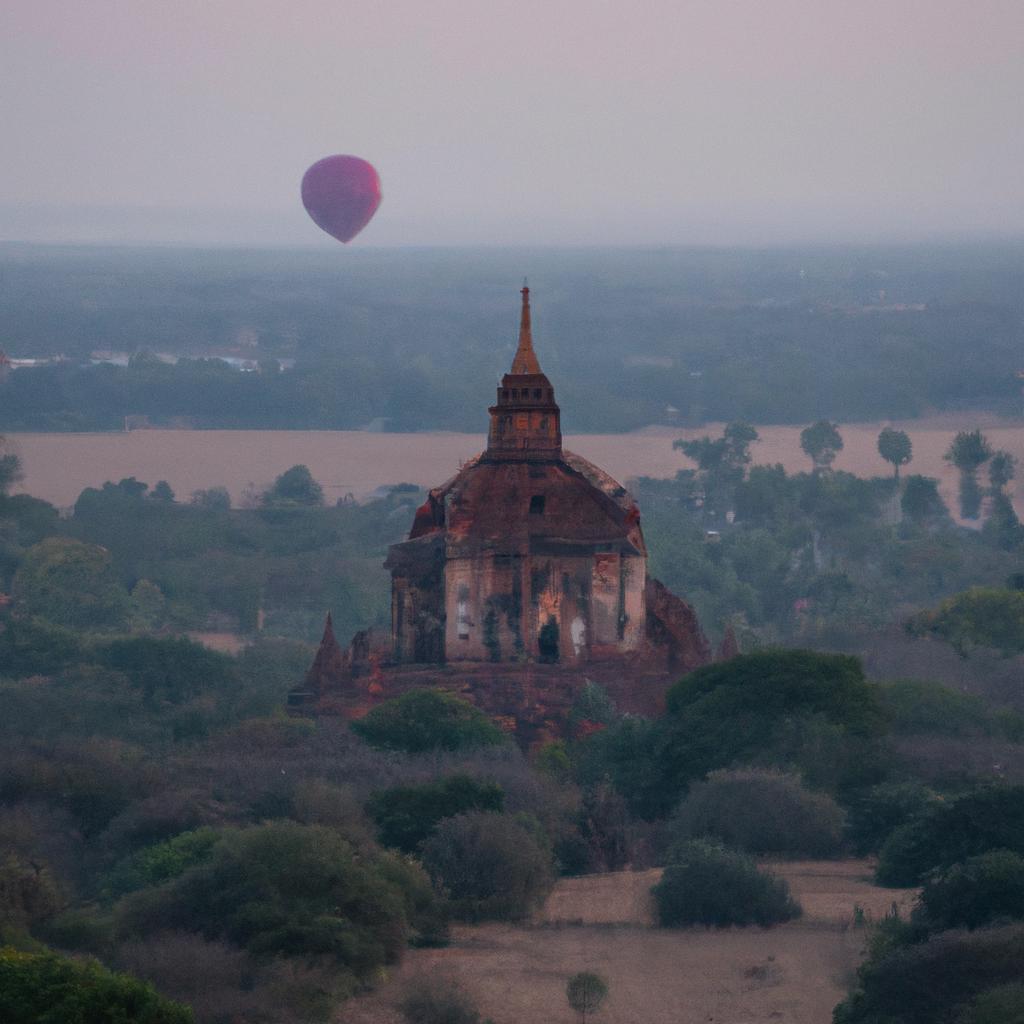
The history of Bagan harks back to the 9th century when it served as the illustrious capital of the Pagan Kingdom. King Anawrahta, the founder of the kingdom, unified the region and introduced Theravada Buddhism, leaving an indelible mark on the city. Bagan flourished between the 11th and 13th centuries as a vibrant center of art and learning, boasting over 10,000 temples, pagodas, and monasteries.
Despite enduring devastating earthquakes in the 14th century and consequent decline in population, Bagan’s temples and pagodas remained standing tall, preserving its cultural and religious significance. In recent years, Bagan has emerged as a captivating tourist hotspot, captivating visitors with its ancient architecture and remarkable cultural heritage.
Unveiling Bagan’s Top Attractions
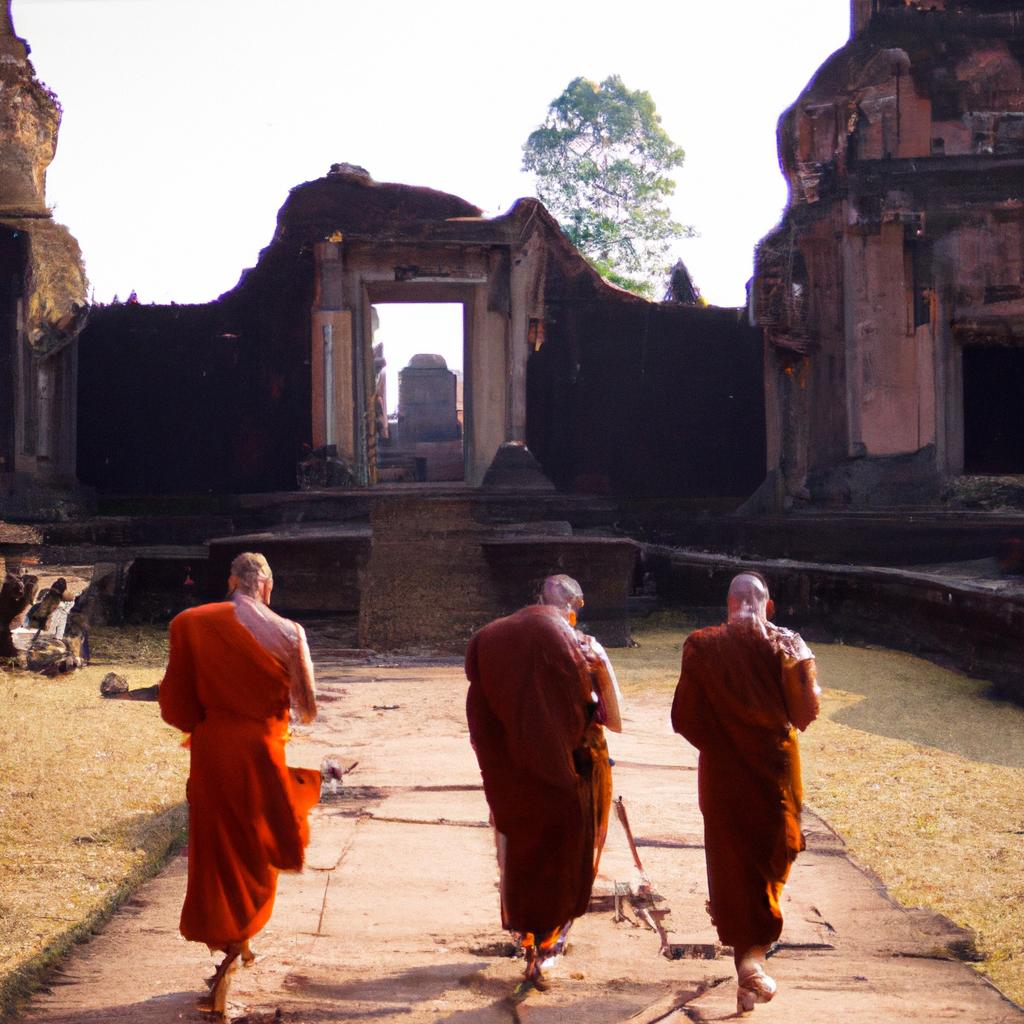
Bagan boasts a treasure trove of over 2,000 temples, pagodas, and stupas, enticing history enthusiasts and architecture aficionados. Here are some of the top attractions you must explore:
Ananda Temple
The Ananda Temple, a masterpiece of Mon architecture, stands as one of Bagan’s most revered and best-preserved temples. Built in the 12th century, it mesmerizes visitors with its captivating frescoes and exquisite Buddha images.
Shwezigon Pagoda
Regarded as one of Myanmar’s holiest sites, the Shwezigon Pagoda captivates with its resplendent golden facade. Adorned with intricate carvings and stunning Buddha images, this 11th-century pagoda enchants all who visit.
Bagan Archaeological Museum
For history buffs, a visit to the Bagan Archaeological Museum is a must. Delve into the rich cultural heritage of Bagan and its surrounding region through the extensive collection of artifacts and exhibits housed within this captivating museum.
Mount Popa
Located approximately 50 kilometers southeast of Bagan, Mount Popa stands as a sacred site. It houses a significant Buddhist monastery amidst breathtaking natural scenery, making it an irresistible destination for nature lovers and hikers.
Whether you seek history, architecture, or the tranquility of nature, Bagan offers something to captivate every traveler. Ensure these top attractions find a place in your itinerary as you embark on a journey to unravel the wonders of this ancient city.
A Deeper Dive into Bagan’s Majestic Temples
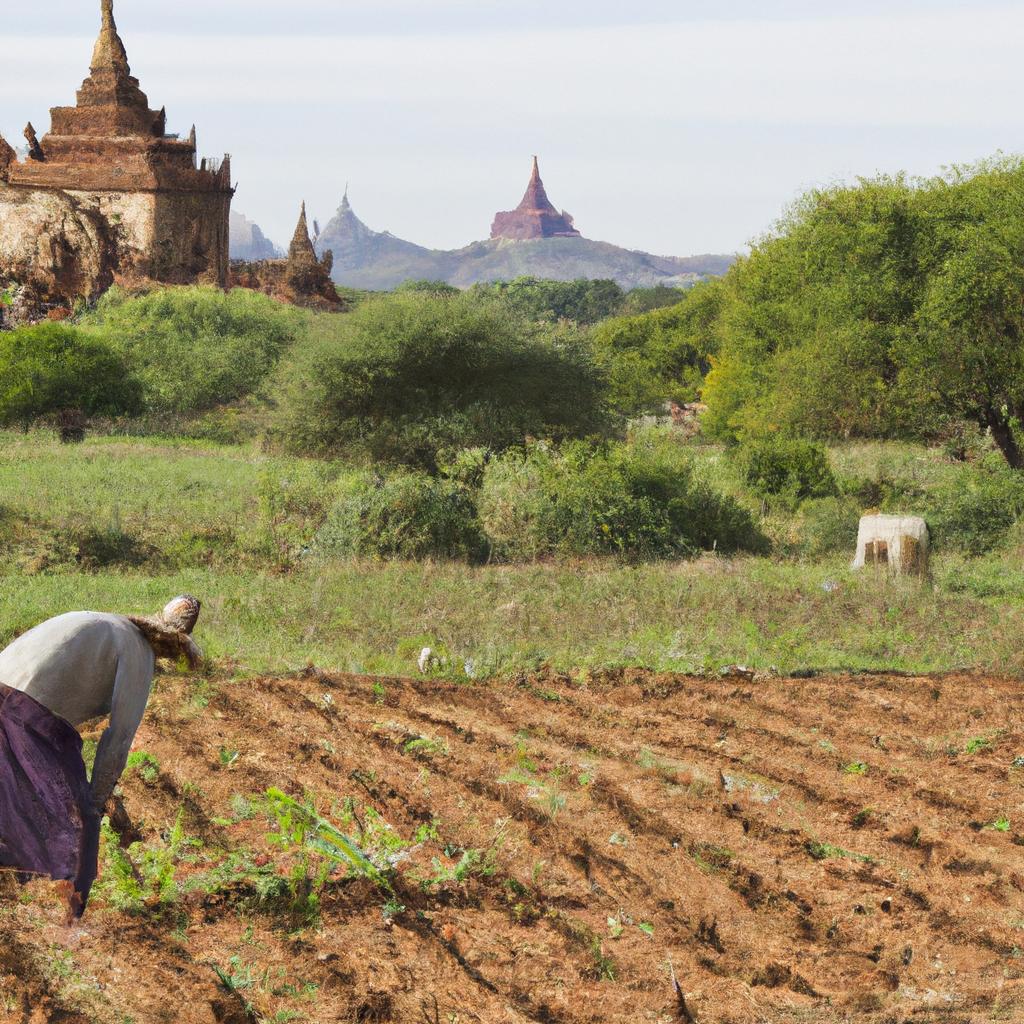
Indulge in the magnificence of Bagan’s temples and pagodas as you explore further:
Dhammayangyi Temple
Immerse yourself in awe as you stand before the grandeur of the Dhammayangyi Temple, the largest temple in Bagan. Built in the 12th century, its unique brick design showcases unparalleled architectural brilliance. Legend has it that King Narathu constructed this temple as a form of penance for his misdeeds.
Sulamani Temple
Prepare to be enchanted by the Sulamani Temple, a testament to Bagan’s architectural prowess. Constructed in the 12th century, this temple boasts stunning frescoes, intricate carvings, and enthralling Buddha images.
Gawdawpalin Temple
Step into the colossal Gawdawpalin Temple, built in the 12th century. Marvel at the panoramic views it offers of the Bagan plains, making it an ideal spot for witnessing breathtaking sunsets.
As you traverse the temples and pagodas of Bagan, remember to respect local customs. Dress appropriately, removing your shoes before entering temples, and ensure that your attire covers your shoulders and knees. Above all, be mindful of the local people and refrain from touching or climbing on any of the temple structures.
Immersing in Bagan’s Local Culture and Traditions
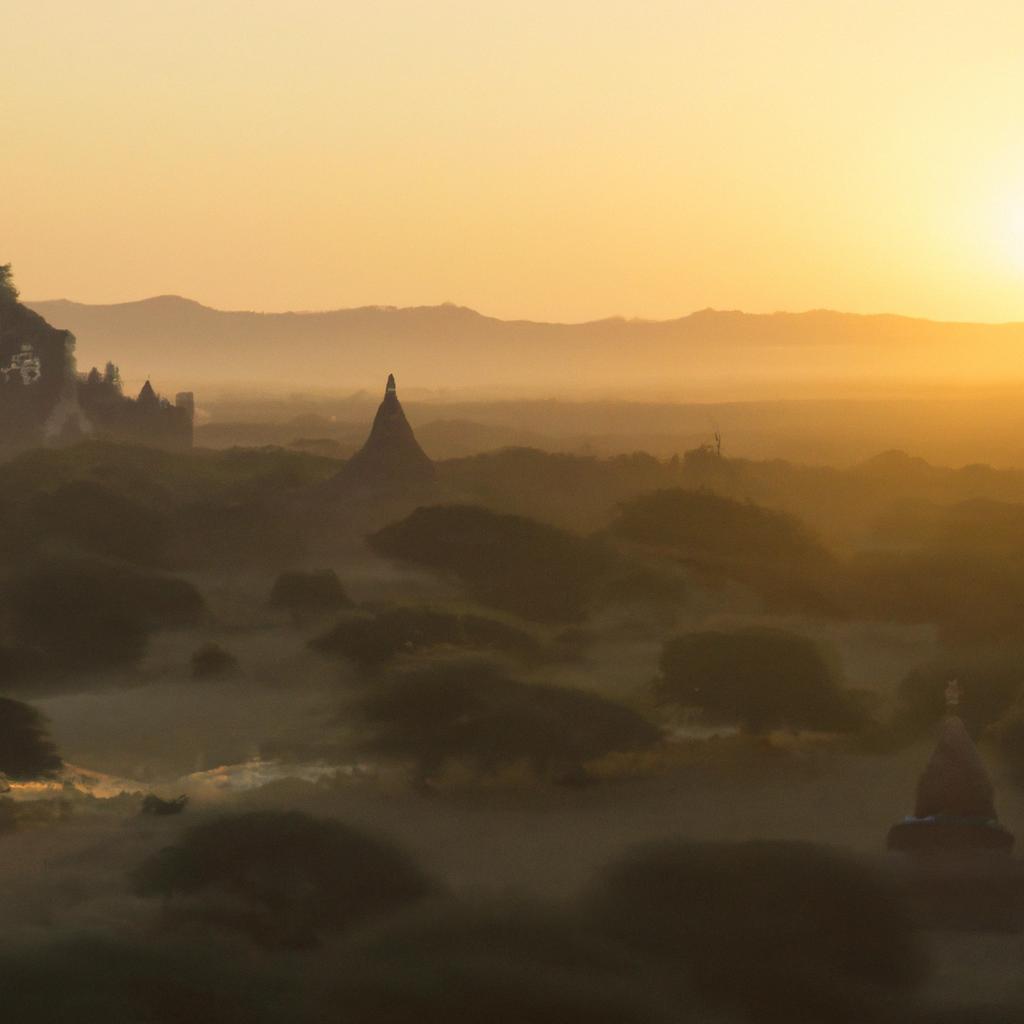
Bagan beckons you to embrace its rich cultural heritage, offering a myriad of experiences to deepen your connection with local traditions. Delight in traditional handicrafts like lacquerware, weaving, and pottery – exquisite expressions of local artistry.
Immerse yourself in the annual Tazaungdaing Festival, a vibrant celebration held in November to mark the end of the rainy season. Marvel at the colorful hot air balloon displays and revel in traditional dance performances that illuminate the night sky.
Food enthusiasts can savor the local cuisine, indulging in traditional dishes such as Mohinga (a fish noodle soup), Shan noodles, and tea leaf salad. Bagan’s street food scene is equally enticing, offering a myriad of savory and sweet snacks to tantalize your taste buds.
To truly embrace the local culture, consider engaging in various cultural activities like traditional puppet shows, cooking classes, and meditation retreats. These experiences grant you an intimate glimpse into the captivating way of life in Bagan and create lasting connections with the local community.
The Perfect Time to Explore Bagan’s Mystique
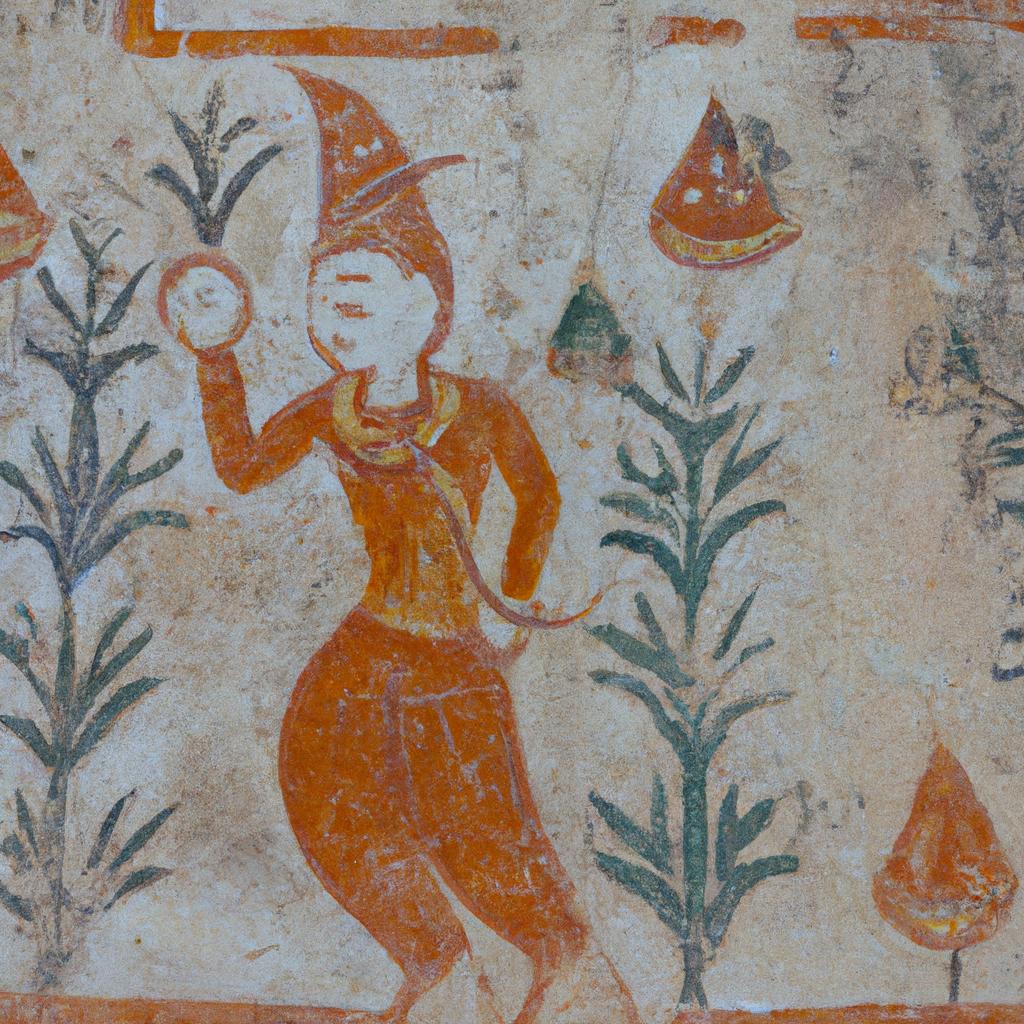
The months between November and February offer the most favorable weather for a visit to Bagan. With dry and moderate temperatures ranging from 20 to 30 degrees Celsius, exploring the temples and pagodas becomes a comfortable endeavor. From March to May, Bagan experiences scorching temperatures of up to 40 degrees Celsius during the hot season. The monsoon season from June to October brings frequent rain showers and high humidity.
For those seeking cultural spectacles, the Bagan Temple Festival held in November promises a captivating experience with traditional dance performances and cultural activities. In December, the Ananda Pagoda Festival attracts pilgrims from far and wide, offering an opportunity for prayer and worship.
Your Journey to Bagan: Getting There and Around
The simplest way to reach Bagan is by air, with Nyaung U Airport exclusively serving the city. It operates domestic and international flights, bridging major cities in Myanmar like Yangon and Mandalay, as well as offering direct flights from Bangkok, Thailand, and Kunming, China.
Should you prefer land travel, both bus and train options are available. Buses, a popular choice for budget-conscious travelers, run regularly from major cities within Myanmar. Trains, on the other hand, offer a scenic and leisurely journey, with daily services connecting Yangon and Mandalay to Bagan.
Once in Bagan, various modes of transportation facilitate your exploration of the city. Renting bicycles and e-bikes allows you the freedom to explore the temples and pagodas at your own pace. Taxis and private cars are alternative options for those seeking convenience, albeit at a higher cost.
In conclusion, Bagan, Myanmar, promises an extraordinary adventure that should not escape any traveler’s bucket list. With its captivating history, awe-inspiring architecture, and breathtaking natural scenery, Bagan offers an experience like no other. Be it a deep dive into history, an immersion in cultural traditions, or a communion with nature, Bagan will captivate your heart and soul. So, pack your bags, embark on this grand journey, and prepare to be enchanted by the ancient city of Bagan.
